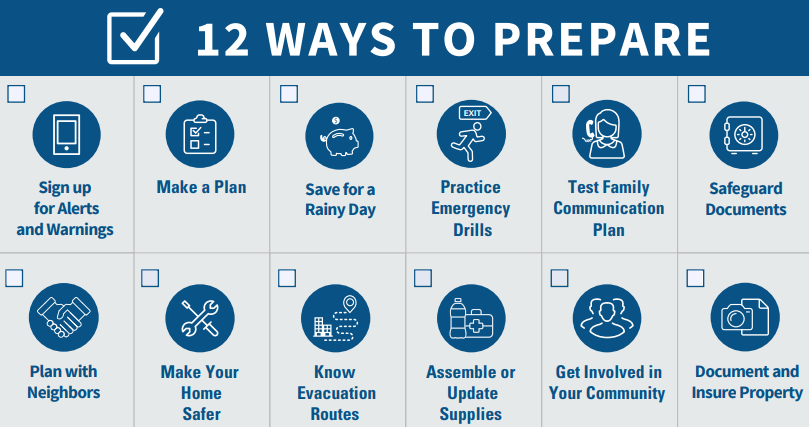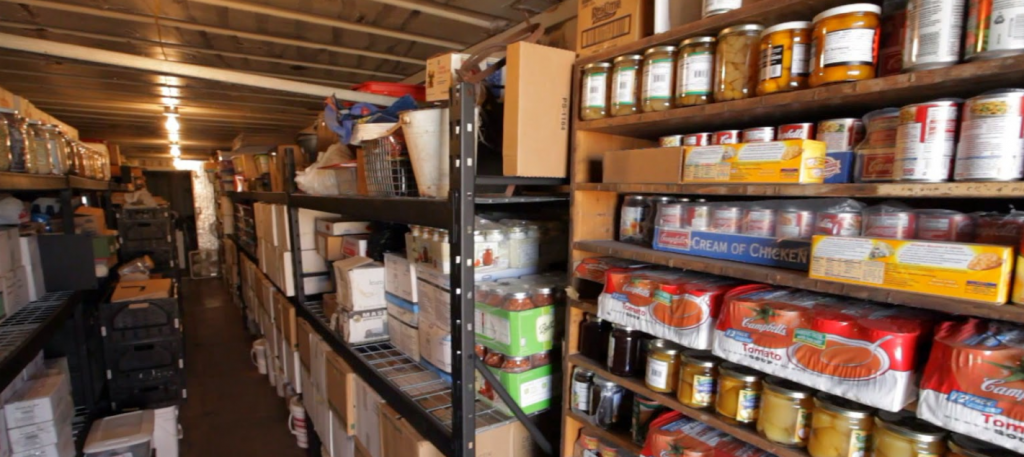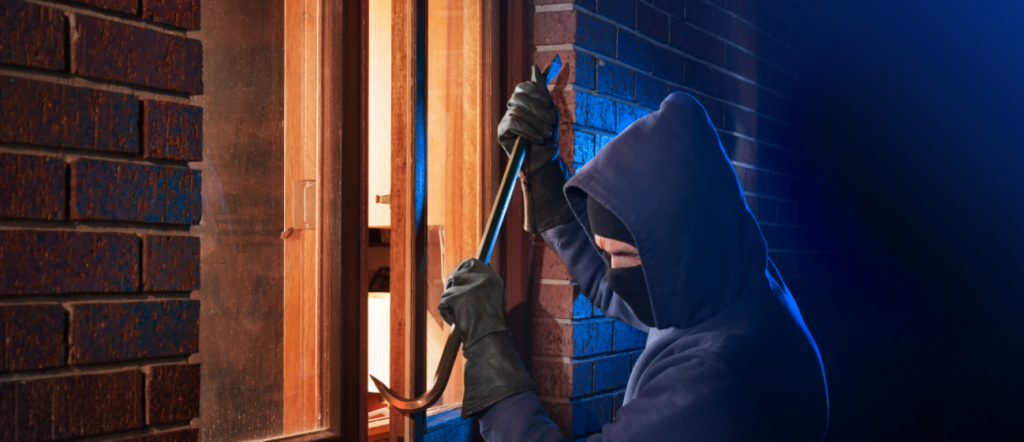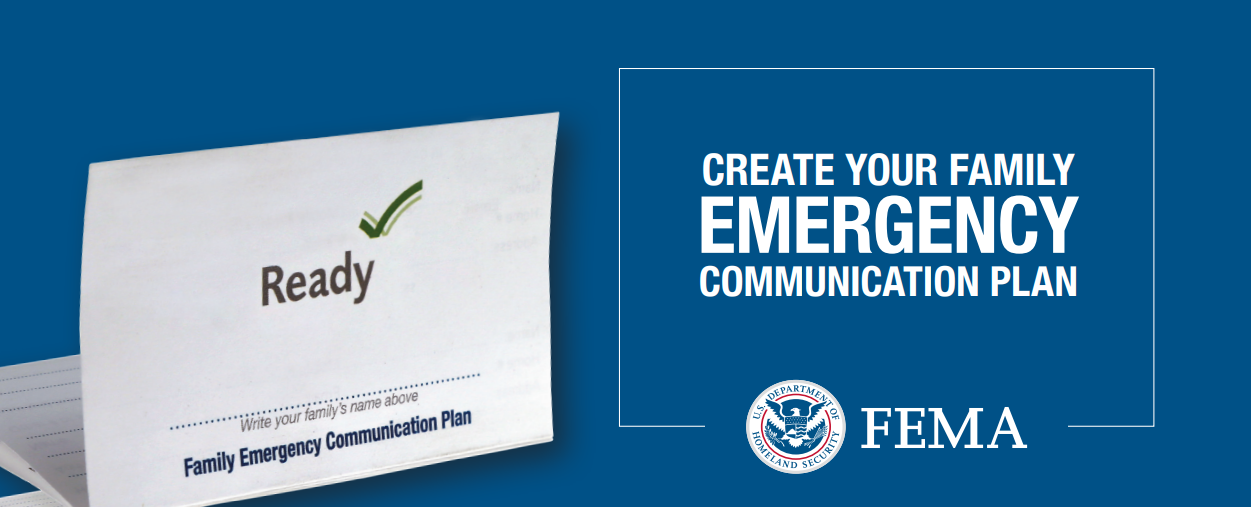In today’s blog post I’d like to start first with defining the difference between survivability and preparedness. Prepping or preparedness is generally a process and overall frame of mind toward being ready to respond in challenging times. This can mean preparing the home, your office, your car for most likely challenging situations that could occur.
In contrast, and as the name implies, survival or survivability is the likelihood of a person or group to survive those challenging times.
“Survivability can be defined as the ability to remain alive or continue to exist.”
Let’s consider the “Five Cs” of survivability within this context then. They typically imply a person is in these challenging times already, and with the presence, and proper knowledge of the use of these items, survivability can be greatly improved.
One more note before we launch into each of the “Five Cs”. Very often the “Five Cs” are discussed within the context of wilderness survival. Although necessary to understand this value, I’m going to challenge myself by adding in a few additional concepts around survival in more urban type environments as well…. Here we go…
Cutting Tools
Yes, a knife! But not just any old knife. There are many different purposes for knives; and depending on the challenge ahead, different knives might be recommended.
Those who like to fish, know that the proper knife can make the process of cutting line or cleaning the fish much more (or less) pleasant.
Many feel that a simple multi-tool will do the job, such as this one from Gerber, or Leatherman. A multi-tool added to a go-bag or get home kit is an absolute must. However, if you’re striking a magnesium stick to start a fire, a straight, fixed blade might be a better option.
Of course, I couldn’t discuss knives without at least touching on their value as a security tool. Having a small multi-tool with a fold out blade is not a very good answer when needing quick access for self defense. Again a good quality straight edge would be a better option. And in some areas and some purposes, even Bowie or machete-type blades have their values. Ed did a quick review of the SOG Seal Pup Knife at the following:
So, starting off, really consider what purposes you might have for a cutting tool and augment your bag(s) with the appropriate tools.
Combustion Device
Next, let’s talk about fire! It gives heat and light and within the right framework brings great comfort and happiness. But living within a city? Aside from a home fireplace, Is there really a need?
To answer the question simply, yes. But first let’s just talk from the perspective of history and skill. To have the ability, by multiple means, to start a fire, is a great feeling! Imagine yourself as Tom Hanks’ character in Castaway, standing up with arms spears wide, yelling out, “I have made… FIRE!”
It’s so much fun to learn the different ways to start it and keep it going.
Now, onto the actual ways to start a fire. Of course, there’s the ok standby, a lighter (or multiple lighters to be safe). This is always a good idea to have some lighters around and available. But they do run out of fuel, and often at the most inopportune times. One side note here, I recommend those with longer handles to reach into a kindle pile for lighting.
Another very popular way to start fires are Ferro Rod (possibly along with a magnesium block) with Striker, such as this one from Uberleben
Matt did an Unboxed Prepping Review of this little tool. Check it out here:
These are great, and with the proper experience, a person can start a fire just as quickly as a lighter and almost never risk running out of fuel. As with most other fire starting cases, it’s also important to have some fire starter material such as dry tinder, cotton balls in petroleum jelly, dryer lint, or those pre-made fire ropes (like this one).
Definitely consider adding these to your go bags.
To learn more about the difference between Ferro and Magnesium, check out this article
There’s another tool, called the piston fire starter that’s similar to the ferro rod solution. Only it requires a couple of pretty specific items first before it will work effectively. Namely, the char-cloth in the tip of the piston allows pressure to create a spark with the premade char cloth. It’s quite ingenious and actually pretty fun to test your fire making skills. I would not necessarily recommend it for a go-bag mainly because you would likely have a limited amount of char cloth, and a fairly limited number of opportunities for fire.
I’ll conclude this section with the more dramatic fire starter skill, the bow drill. Although there are plenty of videos of people (I suspect highly trained people) using a bow drill to start a fire in a matter of seconds. I also highly suspect this is in ideal conditions with dry wood, no wind, and an expert at the helm. Unless you practice this specific set of skills regularly, I would not recommend this being a part of any go-bag.
Cover
Next let’s discuss cover, aka shelter, aka tarp, aka tent… so many different ways to provide protection from the elements. If out in nature or even your backyard, a simple tarp, pole and stakes will do the trick to keep a person protected. If you read anything about thru hikers (eg Appalachian Trail), the tarp is often the best option for shelter. It’s cheap, compactable and stands up to just about any weather. However I would caution a user to try many different ways of setting it up in different conditions (wet ground, cold, extreme heat, rocky ground) to be better prepared when difficult times arise.
In emergency cases something as simple as an emergency poncho or bivvy (bivouac) sack might be good lightweight options. Both of these options are single person and not intended for the long term, or for protecting anything other than the person (meaning there’s no room for items you may have with you, like a backpack).
This leads us to some other more common options, the tent and hammock/fly combinations. The tent is seemingly as old as time. If you’ve got a good tent and rain fly you can be prepared for just about any type of experience. Of course consideration should be made to the number of people that would be housed in the tent. As well, weight can be an issue, especially if the disaster experience could cause any significant travel by foot. That’s said nothing beats a good quality lightweight tent for shelter in difficult times. With some of the newer cloth tech used in hammock, these are quickly becoming valuable, lightweight alternatives to tents. It’s very important to have available a rain fly along with the tent to keep it considered as an effective shelter.
In the most typical disaster situations, a person’s home is the best shelter available. So keeping up solid maintenance on the home is very important no matter the type of abode. And of course in certain areas of the country, special consideration should be given for protection of the home itself. Ideas to consider might include hurricane windows in those areas, lockdown devices on cabinetry and other items in earthquake prone areas, and bunkers for tornado areas. As well it might also be important to consider potential for civil unrest and how one might protect their homes.
Container
Next, let’s talk about containers. Containers come in many shapes and forms (e.g. backpack, canteen, water bladder, fanny pack, tote back, compression sack, and more). Depending on the potential scenarios, different types of containers may be needed. Survival in the wilderness would need some form of water holding device like a canteen, water bottle, or bowl. And water really is one of the most important aspects of survival. I certainly like the dromedary-type bags from MSR

These are super tough and with a bit more planning a sipping hose can be attached to allow you to hold your water in your backpack while still having access.
But keeping it simple, one can simply find a 1 liter Smart Water bottle and refill it while trekking from one spot to the next.
Aside from water containers, there are two additional areas of high importance. Backpack, or other carrying container, and cooking containers. For carrying containers, look for a solid backpack that’s lightweight and anywhere from 40-50 liters capacity. This will allow for relatively easy travel. These are great options for a backpack if you’re looking:
But even picking one up from a goodwill or a flea market can get the job done without breaking the bank.
If you’re stationary, or have access to a reliable vehicle (with fuel), then larger plastic bins work very nice for keeping items organized and moveable. These types of bins (sealable, with snap-shut features) are readily available at large chain resellers.
Now, for cooking containers, there are too many options to name here, but, I really would recommend one of these little kits you can get, like this one from Esbit:
This one in particular is helpful as it has two separate containers in one (cooking pot and drinking cup), as well as a stand and little brass burner, that accepts liquid or solid fuel. You can try to get by with just a metal cup and perhaps a little rocket stove, but nothing beats the comfort of one of these little premade kits.
Cordage
Finally, we get into cordage. Like containers, cordage can mean different things and serve many purposes. When in the wild, like being on a hike, it’s important to bring along an extra bit of cordage so you can hang any food up high in a bear bag, or tie additional items to your backpack. A nice roll of 550 paracord works quite well for most purposes, even a couple of hundred feet makes for a pretty lightweight and smaller package that fits nicely into any carrying container.
Recently, I’ve also found a number of interesting SpiderNet type cordage that makes it much easier to attach items to loops on your backpack. Begin that they are often composed of interwoven 550-type cordage, they can be hooked to just about anywhere on your pack with simple carabiner. Here’s an interesting one from Pack-Rabbit:
As well as those more traditional purposes for cordage, there are also some more obscure purposes. In first aid being able to tie a broken limb to a splint can be an important life-saving purpose. And for protection, if you’ve caught an unwanted individual hanging around your property, cordage can be used to subdue them until authorities can arrive.
One important knowledge base item that should be considered along with cordage is the skill of knot-tying. Here’s a really neat site that can help with training. It’s got great little animated images for many different types of knots:
And in case you don’t have an opportunity to study on a regular basis it might also be helpful to to throw a little waterproof, knot-tying guide or cards into your bag (something like the Pro-Knot Outdoor Knots Book Ring would really be a good addition).
To wrap up to discussion, I hope this review of the “Five Cs” of Survivability will help our audience to become more familiar with and simplify the concepts around survivability. If you have any further comments, please leave a message in the comments section below.
And always remember to be learning better ways to respond well and recover faster.
@genxtalkin


















